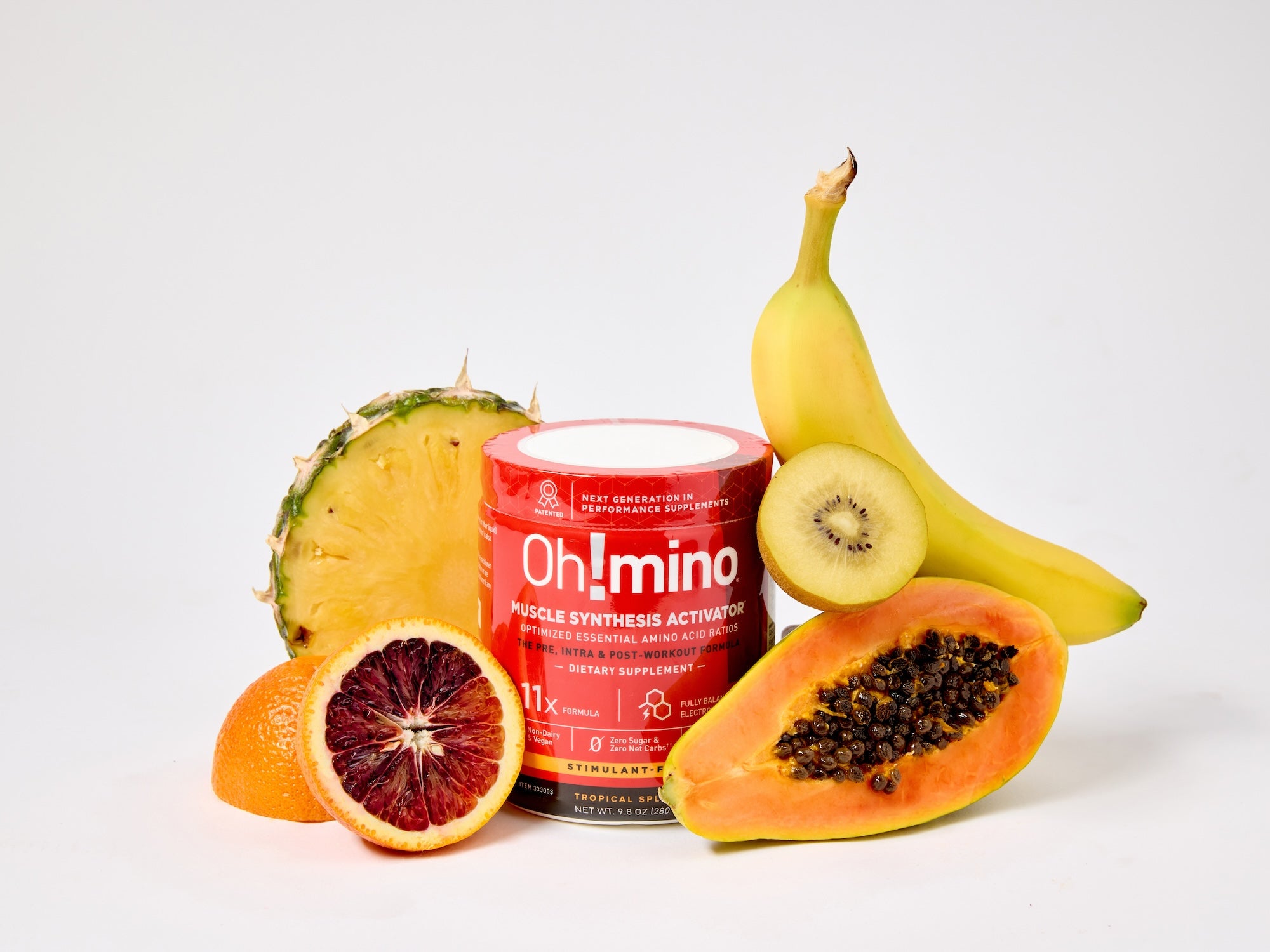Our bodies are remarkably adaptive machines. Historically, humans have survived through famines, droughts, and myriad food availabilities.
This adaptability has carved an evolutionary trait within us called 'metabolic flexibility.'
This concept, along with the increasingly popular 'fat adaptation,' has been making waves in the fields of nutrition, exercise physiology, and weight management.
Let's delve deeper into these intriguing phenomena.
1. What is Metabolic Flexibility?
Metabolic flexibility refers to our body's ability to efficiently switch between using carbohydrates (in the form of glucose) and fats as its primary energy source.
This adaptability, an evolutionary gift, has ensured our survival during periods of food scarcity.
In a nutshell, when our carbohydrate intake goes down, our body pivots, burning fat and producing ketone bodies for energy. This state is known as 'ketosis'.
2. Unraveling the Mystery of Fat Adaptation
Beyond mere survival, there's an enhanced state of metabolic flexibility called 'fat adaptation.'
This happens when the body is exposed to a high-fat, low-carb diet over an extended period, making it highly efficient in utilizing fat as a fuel source, even during physically demanding activities.
Changes at a molecular level, such as the upregulation of fat metabolizing enzymes and shifts in hormone levels, make this possible.
3. Potential Game Changer for Athletes and Weight-watchers
Research has hinted that fat-adapted athletes might have an edge in endurance sports because they tap into their almost inexhaustible fat reserves instead of depleting the limited muscle glycogen stores.
This glycogen-sparing effect could be a game-changer in endurance performance.
Moreover, for those focused on weight management, high-fat, low-carb diets can lead to increased satiety and fat burning, making weight loss a more achievable endeavor.
4. Implementing Fat Adaptation in Everyday Life
While diving headfirst into a strict ketogenic diet might not be everyone's cup of tea, the principles of fat adaptation offer something for everyone.
By understanding our body's inherent metabolic flexibility, we can incorporate higher-fat foods like avocados, nuts, and fatty fish into our diet.
Pairing these with complex carbohydrates and regular fat-oxidizing exercises, like high-intensity interval training, can set us on a path towards improved metabolic health.
But remember, transitions might come with some minor bumps, so keeping hydrated and maintaining electrolyte balance is crucial.
5. A Word of Caution
As with all things, moderation is key.
While the body's ability to adapt to fat is marvelous, we must remember that high-intensity exercises might see a dip in performance due to reduced carbohydrate availability.
And as enticing as the high-fat, low-carb diet sounds, it's essential to ensure nutrient diversity to avoid deficiencies.
Long-term implications of such diets remain a mystery, warranting more rigorous scientific investigation.
In Conclusion
Our body's ability to transition between fuel sources is nothing short of wondrous.
Embracing fat adaptation has its merits, especially for those eyeing endurance sports or weight management.
However, as we explore this relatively novel territory, it's crucial to strike a balance, be informed, and always prioritize holistic health and well-being.
If intrigued, consider embarking on this journey with professional nutritional guidance, ensuring a safe and rewarding experience.
Stay fit my friend,
Michael
Founder & CEO


